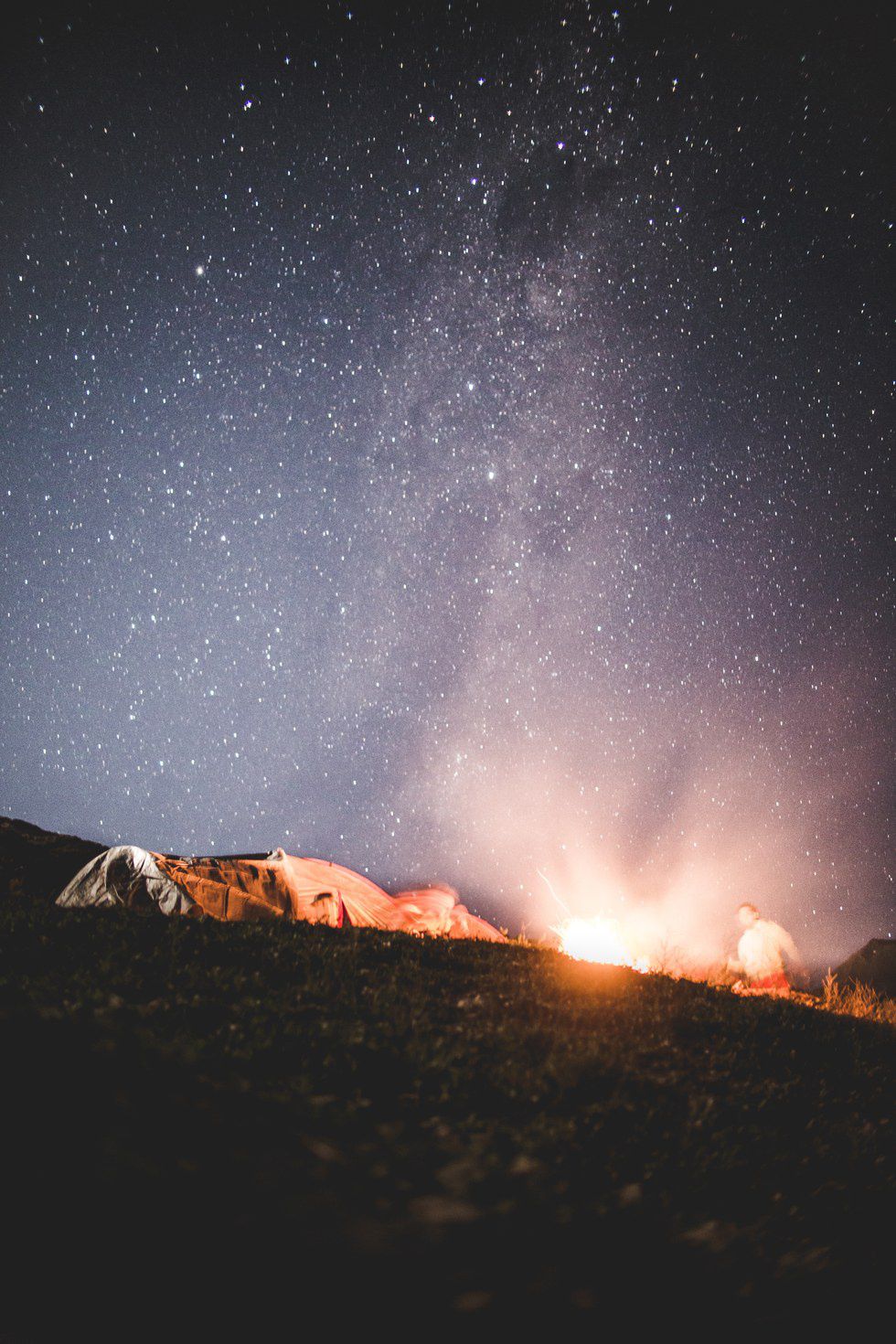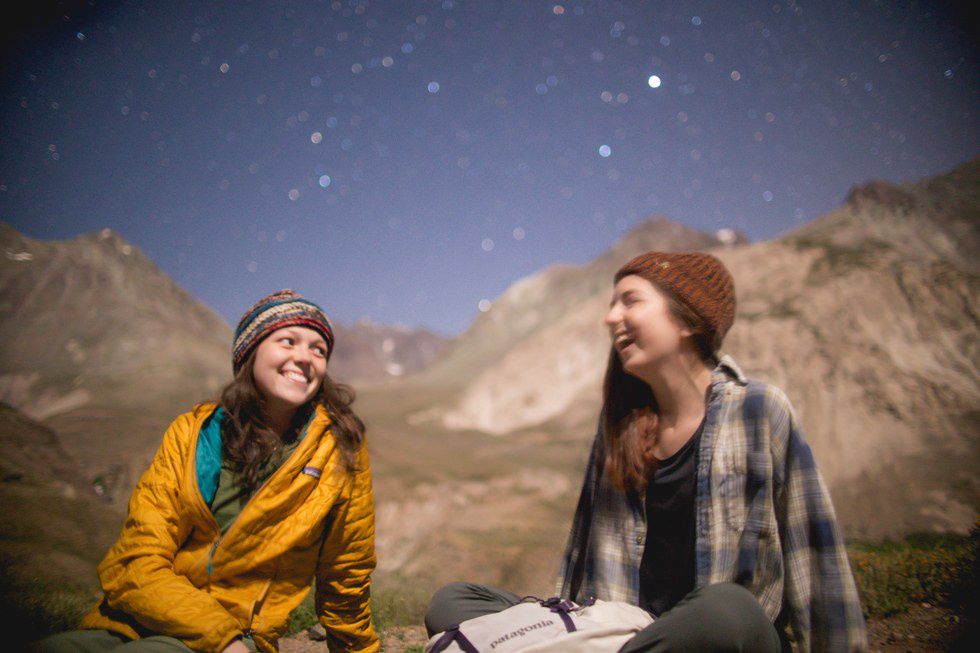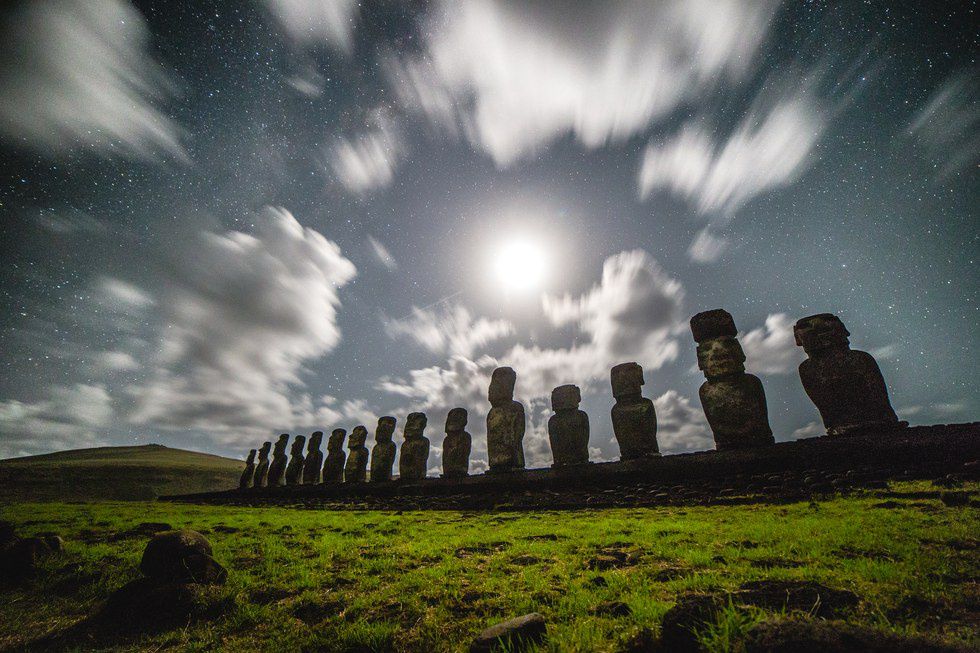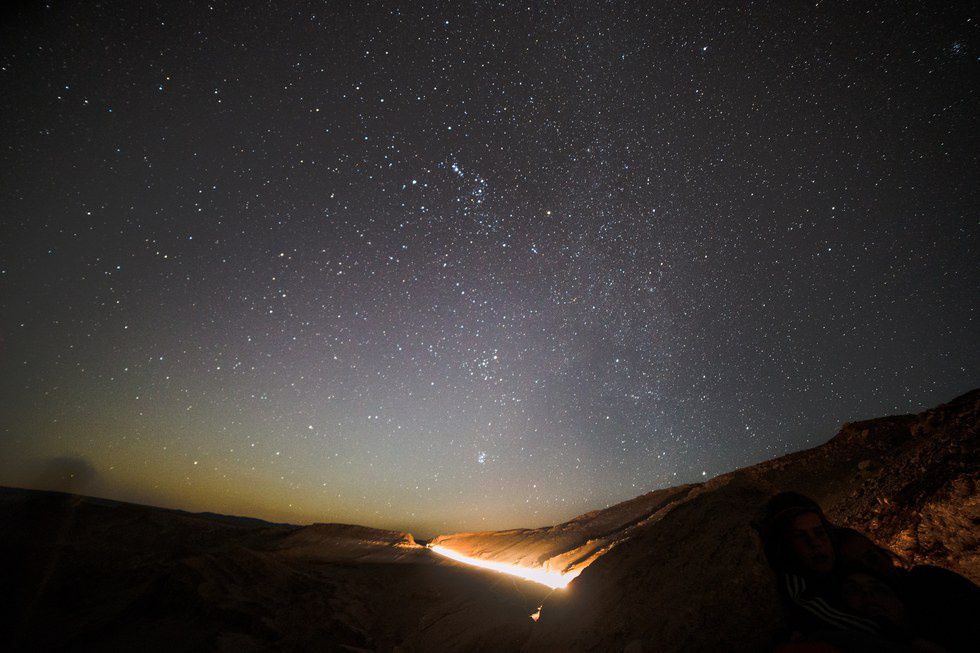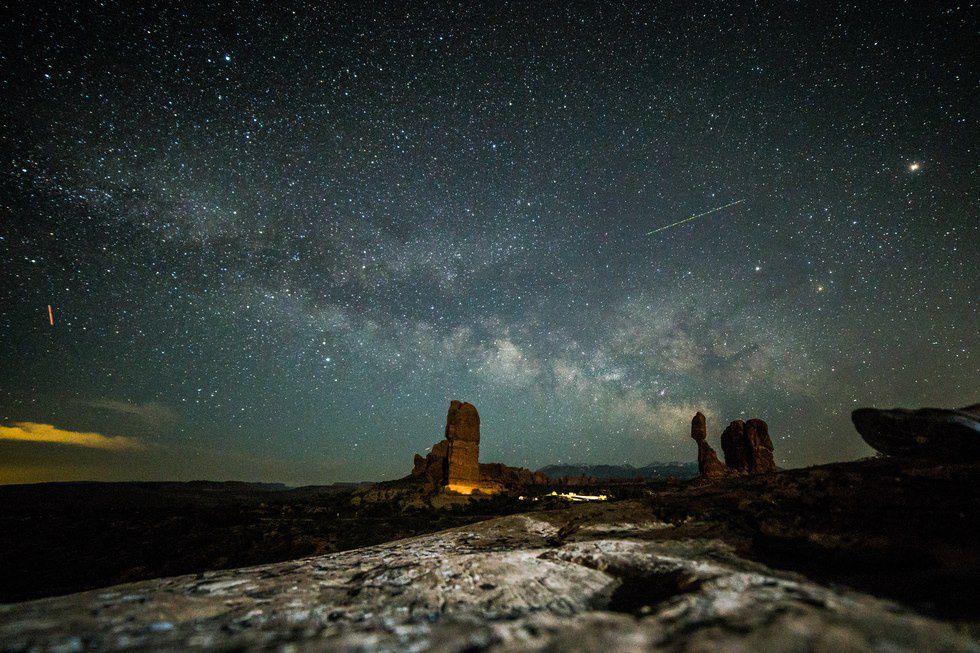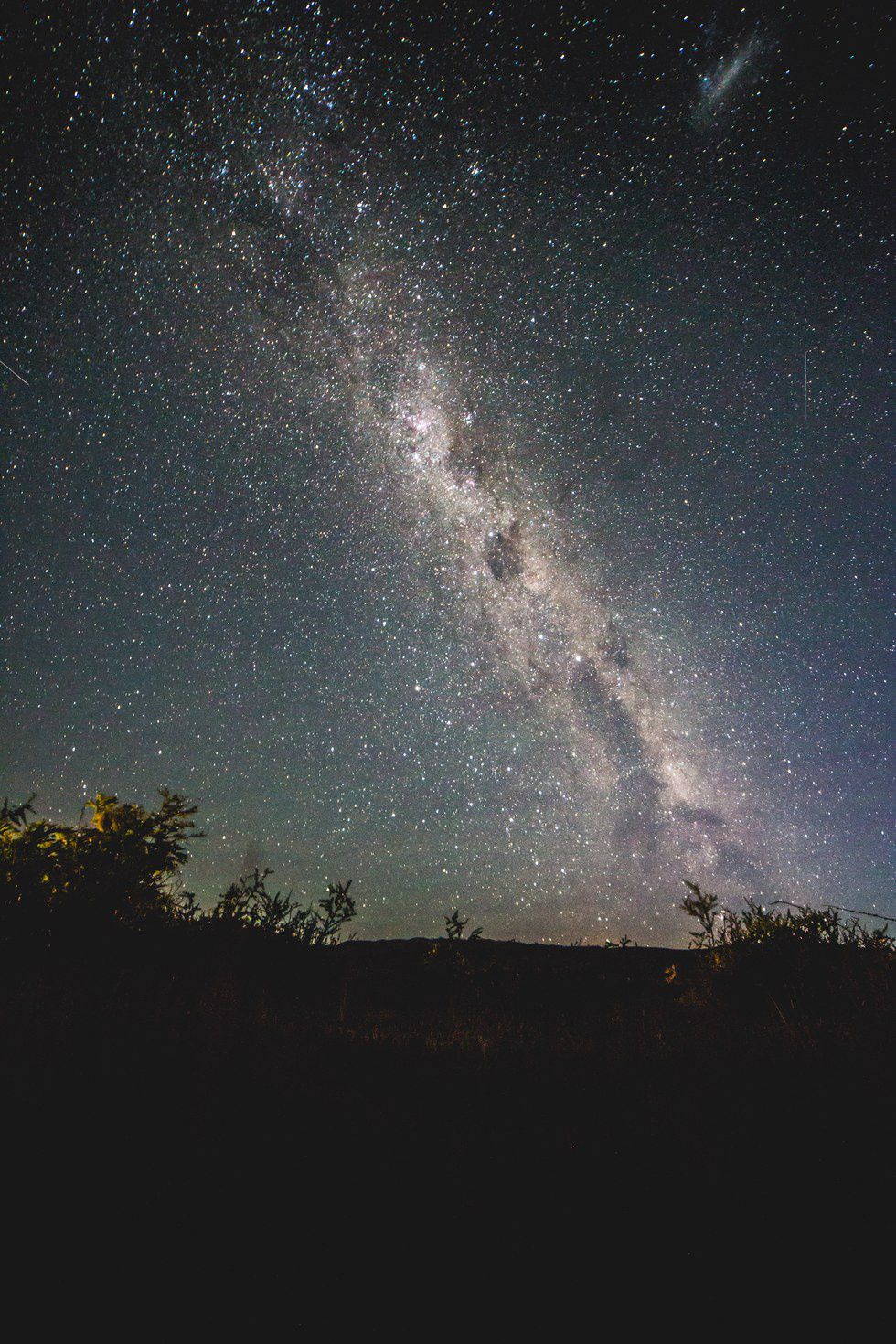We've all seen the jaw-dropping Milky Way photograph that just doesn't look real. The picture of bright and breathtaking stars that makes us skeptically look into the night sky and decide that we want to drop everything and drive to that very location to see it for ourselves. Well, I've dropped everything to go shoot stars, and one thing I've learned is that, quite often, the intensity of the brilliant galaxies perfectly reflects the intensity of work and misery put into the shot.
Photography is challenging. This is a day and age where everyone is an iPhone or even DSLR photographer, but to rise above and truly get the perfectly creative shot, the art requires effort--especially when the subjects are tiny points of light in the sky. When I first photographed stars, it was in smoggy Knoxville with a low quality lens that barely made out the shape of Orion, and after a while, I found the Rokinon 14mm—a budget lens that would beautifully capture the right amount of sky. With this superstar lens, I embarked on many more adventures and learned seven important details about night photography.
1. Nights are cold.
Whether in the Smoky mountains of Tennessee or Torres del Paine in Chilean Patagonia, star photography requires minutes to hours of sitting on a cold ground waiting for the camera shutter to capture light and close, ready to repeat the process in different angles and speeds.
2. Anything can be used as a tripod. Anything.
The ground works, shoes work, a backpack works, and if you're really high class, an actual metal tripod. As long as the camera is completely still, it will happily lean on anything.
3. Posing with the stars is not completely impossible.
Silhouettes are nice, but so are moonlit faces. Ten seconds isn't all that long to smile, and neither is thirty if you really hold your breath and try not to fall over.
4. The moon isn't always the enemy, but it definitely can be.
The amazing thing about a moonlit landscape is that details are so clear and easy to capture. The down side is that there are far fewer stars.Showing up to the Chilean desert with the world's clearest skies and a full moon is pretty disappointing, but it makes Easter Island far more dramatic.
5. Car lights also aren't always the enemy.
A long exposure never hurt anyone, and combined with stars it can be magnificent. Cars also have the amazing ability of highlighting the land for a perfectly small amount of time, just enough to illuminate the subject.
6. When it's dark, it's dark.
Finding settings in the dead of night is tricky when infinite focus is just shy of infinity. This means several attempts at trial and error to find the perfect focus, and if the subject is within 10 feet and you forgot a flashlight, add about 10 minutes to the focusing time.
7. Star photography gives you time to sit, rest, and marvel at the skies.
With a 15-20-second exposure, or minutes of open shutter, all there is to do is lie down and stare up into the sky. My favorite part about photographing stars is the chance to watch meteors and satellites and fall further in love with our Creator—until the shutter clicks and I do it all over again. Northern hemisphere, southern hemisphere, or somewhere in the middle, there will never be a clear night that I turn down a chance to photograph the mysteries beyond our atmosphere.





